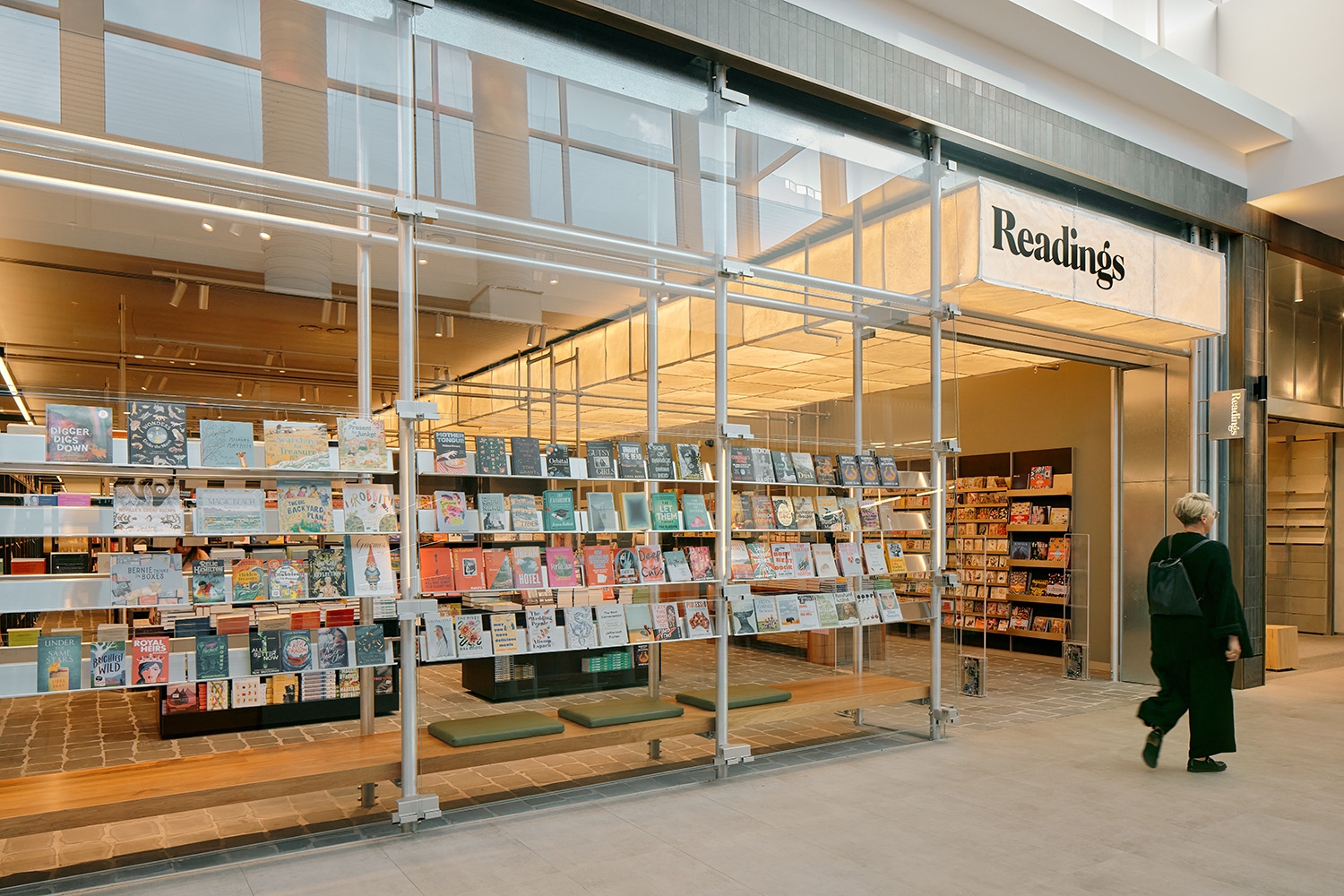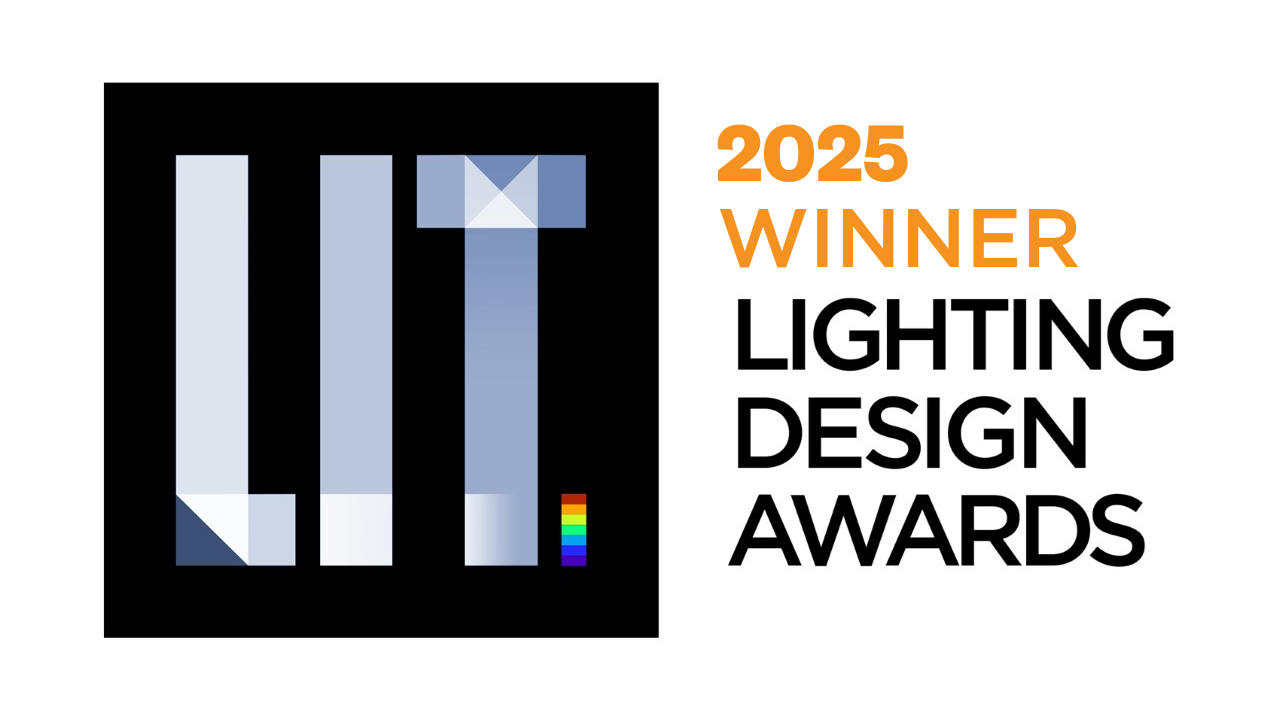Prize(s) Winners in Illuminated Ceilings
Lighting Design/Product Company Ed Linacre
Lead Designers Ed Linacre, Kerstin Thompson Architects, ambience,
Other Designer's names EMAC
Client Readings
Photo Credits Will Neil
Completion Date May 2025
Project Location Melbourne, Australia
Entry DescriptionThe striking 23-metre by 3.4-metre illuminated ceiling feature for Australian bookstore icon Readings, is a monumental paper lantern crafted entirely from pulped misprinted books.
Responding to client concerns around book waste, the design transforms surplus into spectacle. Inspired by the Japanese papermaking technique of Nagashi-zuki, custom pulp baths and frames were constructed, enabling the fabrication of large-format handmade paper panels. Each sheet bears the unique textures, tones and translucency of its origins—turning waste into a material of beauty. Every panel is therefore a one-off artwork, celebrating craft, unpredictability and the tactile presence of the medium.
The ceiling’s paper lantern form evokes a timeless sense of calm and reverence, drawing on cultural references while reinterpreting them at an architectural scale. Extensive testing was undertaken to refine the lighting—balancing warmth, clarity, diffusion, energy efficiency and consistency across the expanse.
This illuminated ceiling is simultaneously a work of lighting innovation and a monumental lantern installation. More than a design feature, it communicates a powerful message: that discarded materials, thoughtfully reimagined, can inspire awe, ignite curiosity and shift perceptions of value in the built environment.
Sustainability ApproachA resonant thought was delivered through the transformation of waste into both functional and beautiful objects. Crafted from unsellable misprinted books, a year of development led to the creation of a refined pulp and processing method, ensuring strength, quality, and optimal light transmission. Remarkably, the lantern's light output was so effective that no supplementary lighting was needed in the zone, resulting in significant energy and product production savings.
The design was engineered for disassembly, ensuring longevity and ease of repair, while the recyclable frame added durability and sustainability. Just 25 misprinted books were used to create all 130 light panels, requiring minimal energy use in production. It truly is a design that is all about pushing the boundaries of lighting sustainability.


